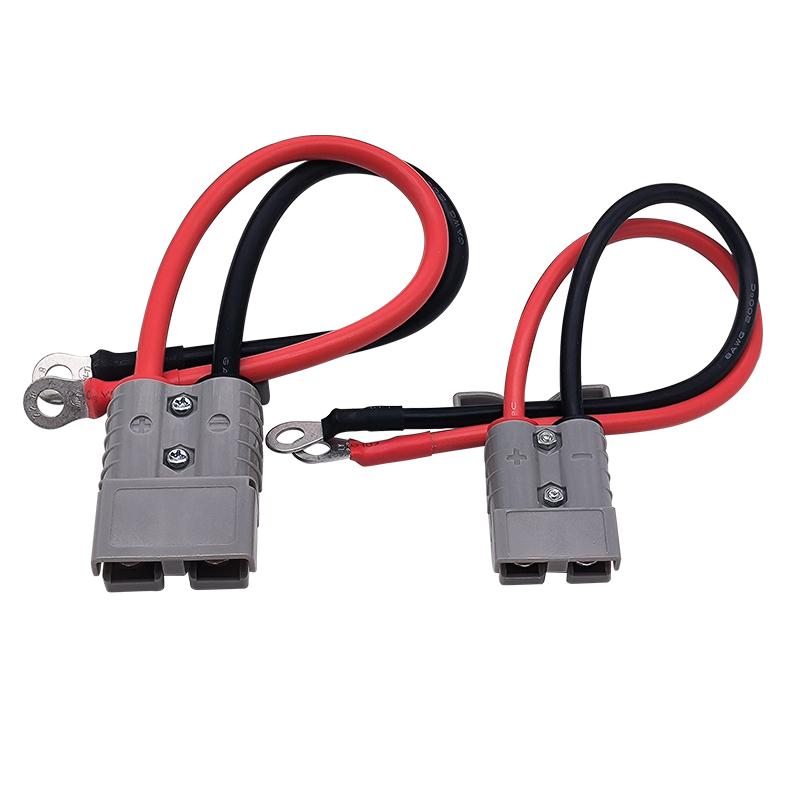When it comes to navigating the intricacies of vehicle maintenance, understanding the essentials of jumper cables can be a true game-changer. As your automotive safety net, these underappreciated accessories often swing into action during our most frustrating moments—like when your car battery unexpectedly dies. But before you reach for the nearest set, a critical question arises: what gauge jumper cables do you actually need?
At first glance, the notion of “gauge” might seem trivial or overly technical. Yet, this seemingly simple specification could revolutionize not just your understanding of jumper cables but also your entire approach to automotive care. Knowing the right gauge can make all the difference between a seamless jump-start and a colossal headache.
To unravel this topic, let’s first delve into the significance of cable gauge. The gauge of a wire or cable relates to its thickness—the lower the number, the thicker the wire. This differentiation affects not only the cable’s flexibility but also its conductivity. Accordingly, thicker cables—those with a lower gauge—can transmit more power with less resistance, which is essential in a jump-start scenario.
Most commonly, jumper cables come in two to six gauge sizes. Here’s the crux: the appropriate gauge can depend on various factors, such as the size of the vehicle’s engine and the overall length of the jumper cables. For smaller cars, a standard gauge of 6 to 8 typically suffices. However, when you find yourself dealing with larger vehicles like SUVs or trucks that may house a more powerful engine, the demand for heftier cables becomes evident. Here, a gauge of 4 or even 2 may be necessary to maximize the flow of electricity.
The length of the cables also plays a pivotal role in determining the most suitable gauge. Longer jumper cables—while offering the convenience of reach—can lead to a decrease in conductivity. This is where the gauge becomes crucial; thicker cables mitigate this resistive loss, ensuring that enough power reaches the dead battery.
So, what does this all mean for you, the average vehicle owner, who might find yourself standing beside a vehicle that simply refuses to start? The optimal strategy lies in investing in a high-quality set of jumper cables that range from 4 to 6 gauge, especially if you often find yourself in situations requiring reliable power transfer. A pair of 4-gauge cables might seem like overkill for your compact car, but it assures future-proofing against the eventual need to jump-start more robust vehicles.
Curiosity piqued? Let’s take a moment to explore cable material as well. It’s not enough to simply look beyond gauge and focus on the thickness. The construction of the cables matters, too. Look for copper cables rather than copper-clad aluminum, as pure copper cables offer superior conductivity. This conductivity directly affects how smoothly your jump-start procedure will unfold. The last thing you want in a pinch is a set of cables that underperform due to inferior material quality.
Diving deeper, impulse buying can often lead to unfortunate choices. A flash sale at the local auto parts store might entice you to grab the first set of low-gauge cables that catch your eye. But remember, durability is just as important as gauge. Cables that shed their insulation easily or feel flimsy might falter when you need them the most. Opt for well-constructed cables that can withstand the rigors of frequent use.
Let’s not overlook the criticality of safety features! Many modern jumper cables come equipped with features like rubberized clamps that offer superior grip and minimize the chances of slips. Look for cables with color-coded clamps: red for positive and black for negative. This small detail acts as an elegant yet effective reminder, helping prevent disastrous mishaps.
Moreover, consider the environment where these cables will be stored. Humidity and temperature fluctuations can adversely affect cable integrity. A dedicated, dry storage place can prevent deterioration over time, ensuring that your cables are always ready for action when the unforeseen arises.
Now that we’ve journeyed through the mechanics of jumper cables, you might be wondering about care and etiquette. Imagine you’ve made an emergency stop to help a friend or stranger whose car won’t start. Knowledge of how to properly connect and disconnect jumper cables can turn you from a simple bystander into a hero of the day. Remember the sequence: connect the positive terminal first, then the negative. In reverse order, meticulously follow the disconnect process. This prevents any risk of sparks, ensuring safety stands paramount.
Ultimately, pondering the right gauge for jumper cables invites you to reconsider the broader implications of preparedness in our daily lives. So, the next time you eye those aisle-ceiling jumper cable displays, you’ll likely do so with a newfound appreciation. You won’t simply be selecting cables; you’ll be deliberating on a crucial choice that implicates safety and reliability in life’s unpredictable journey. So go forth, empowered, and make a choice that ensures you’re always ready to energize your vehicle or lend a helping hand when needed.
